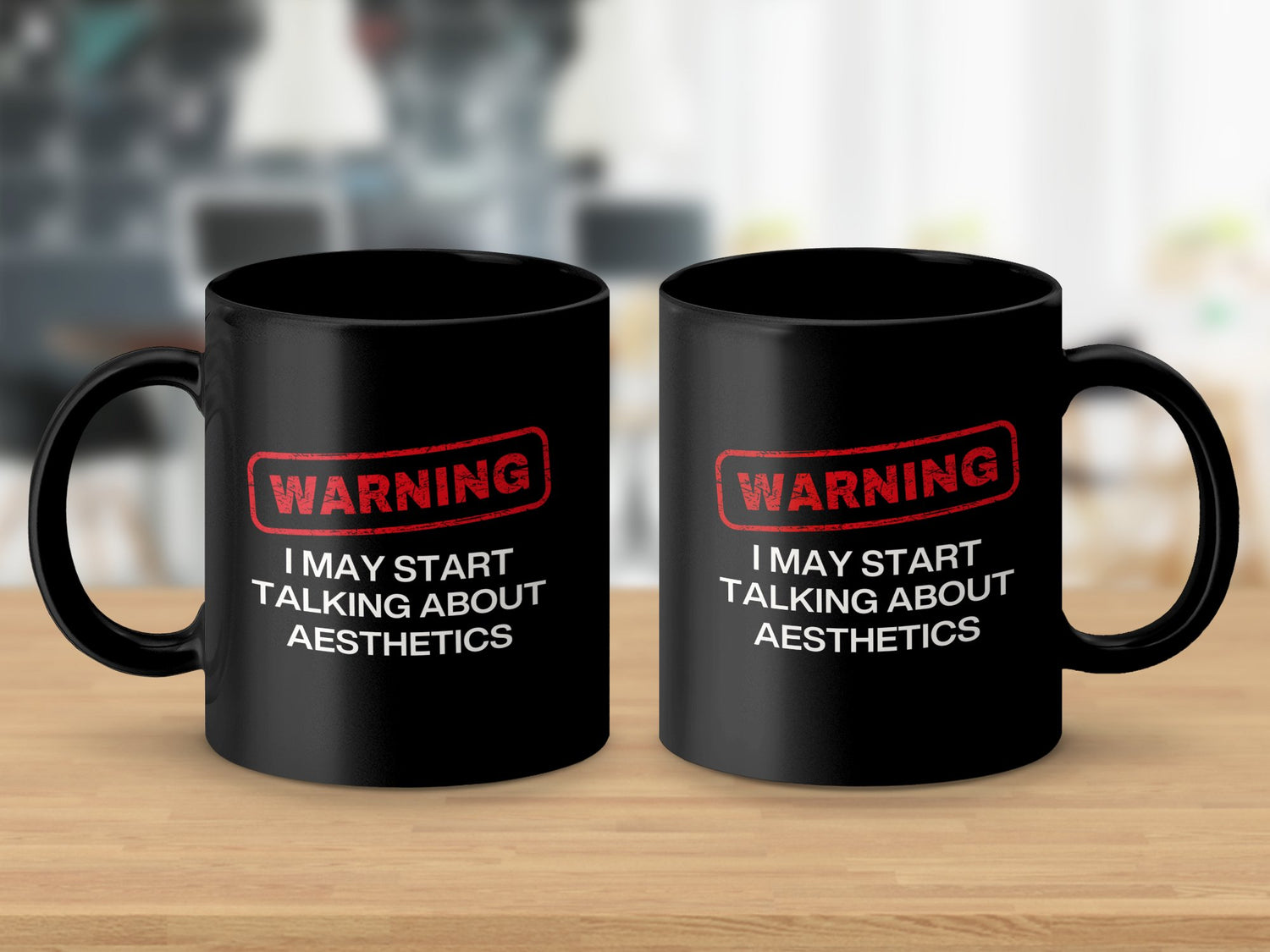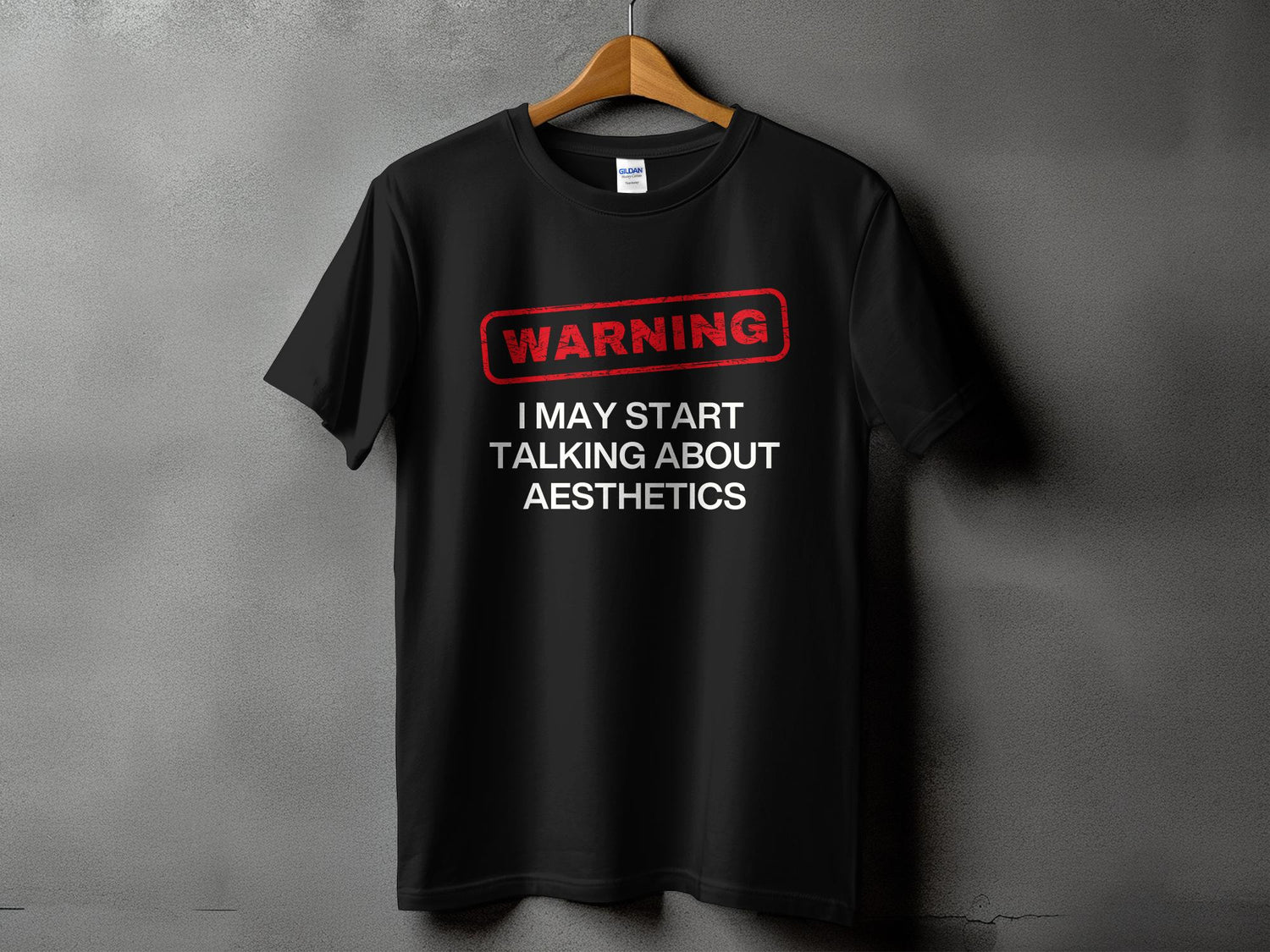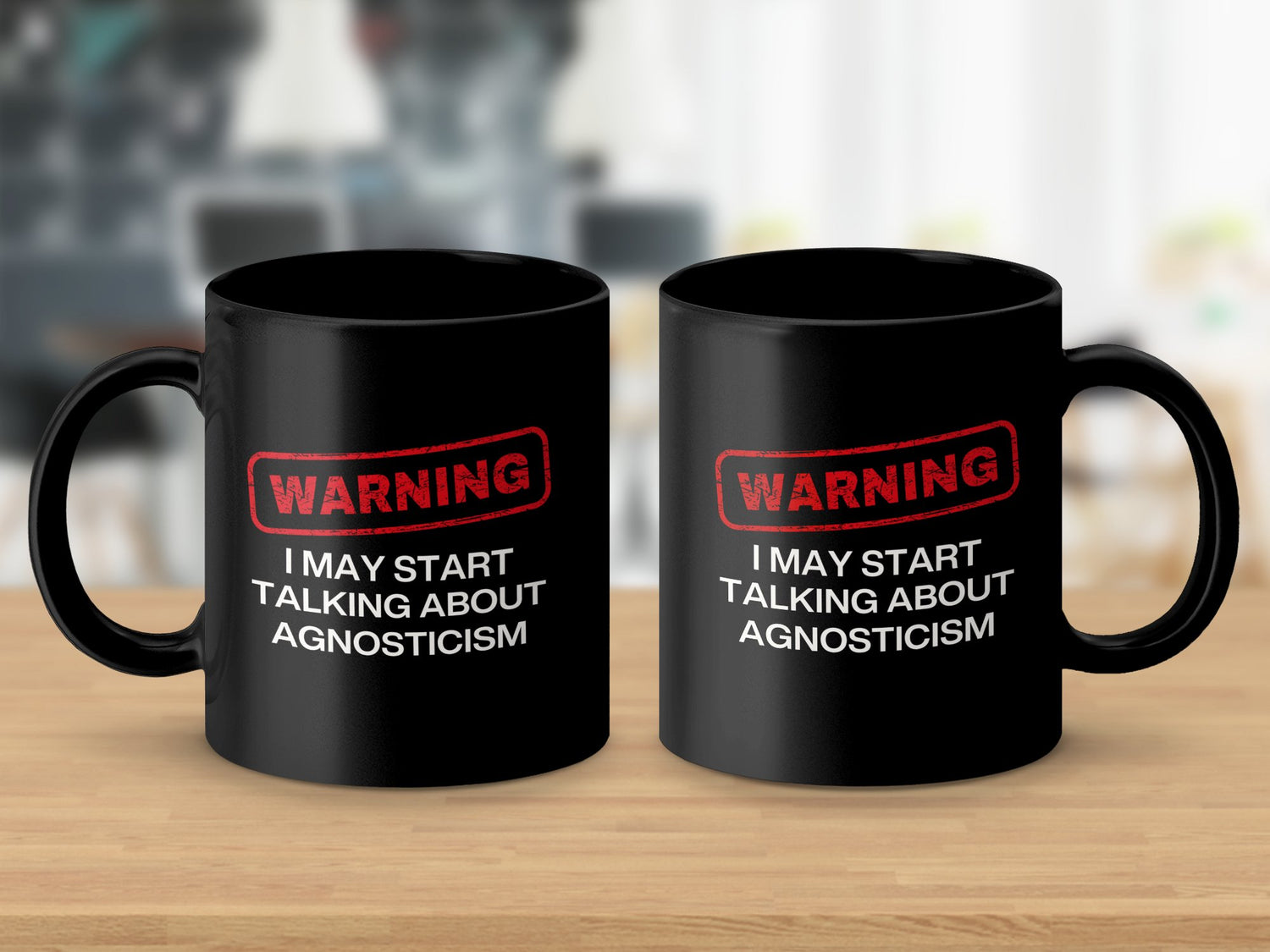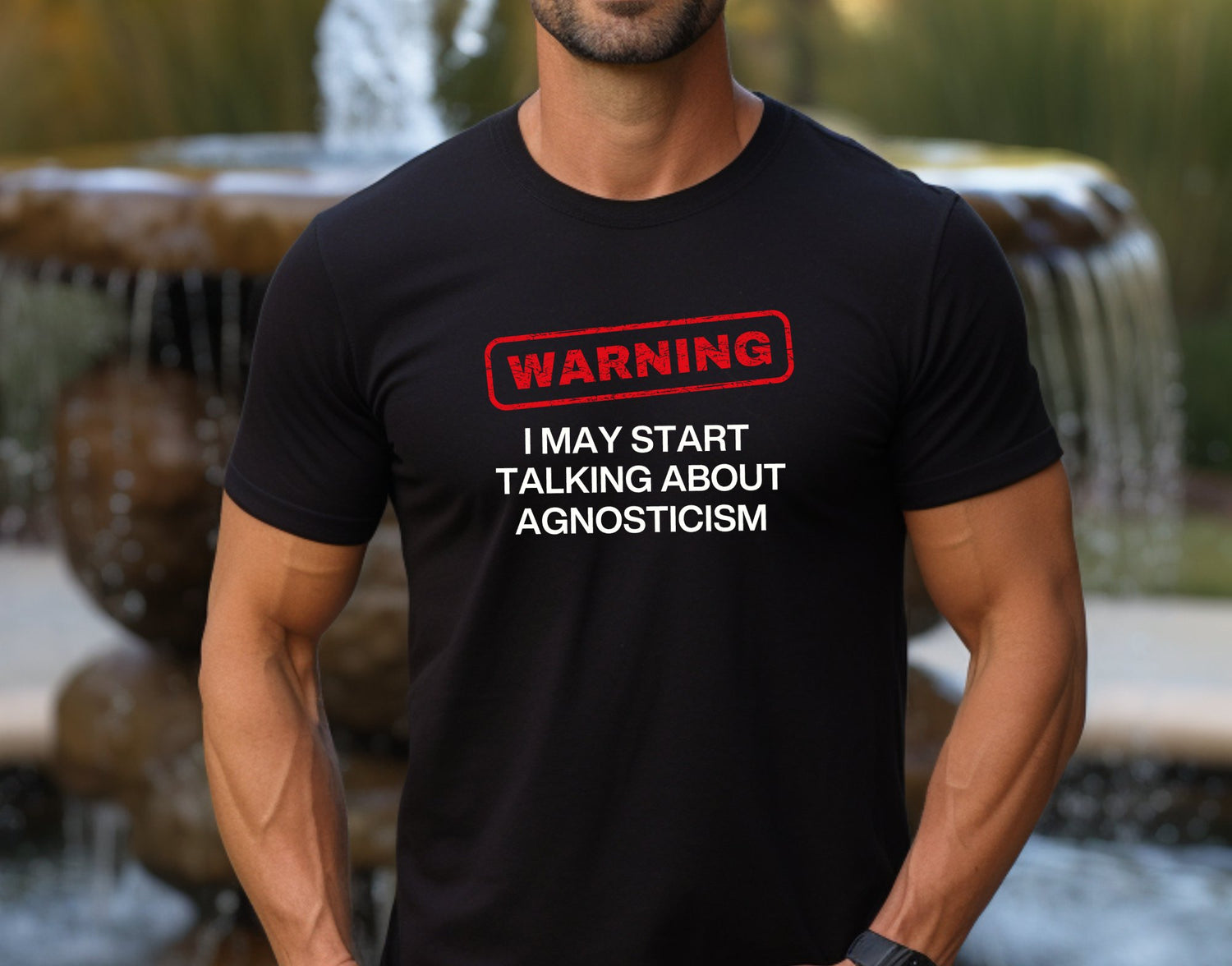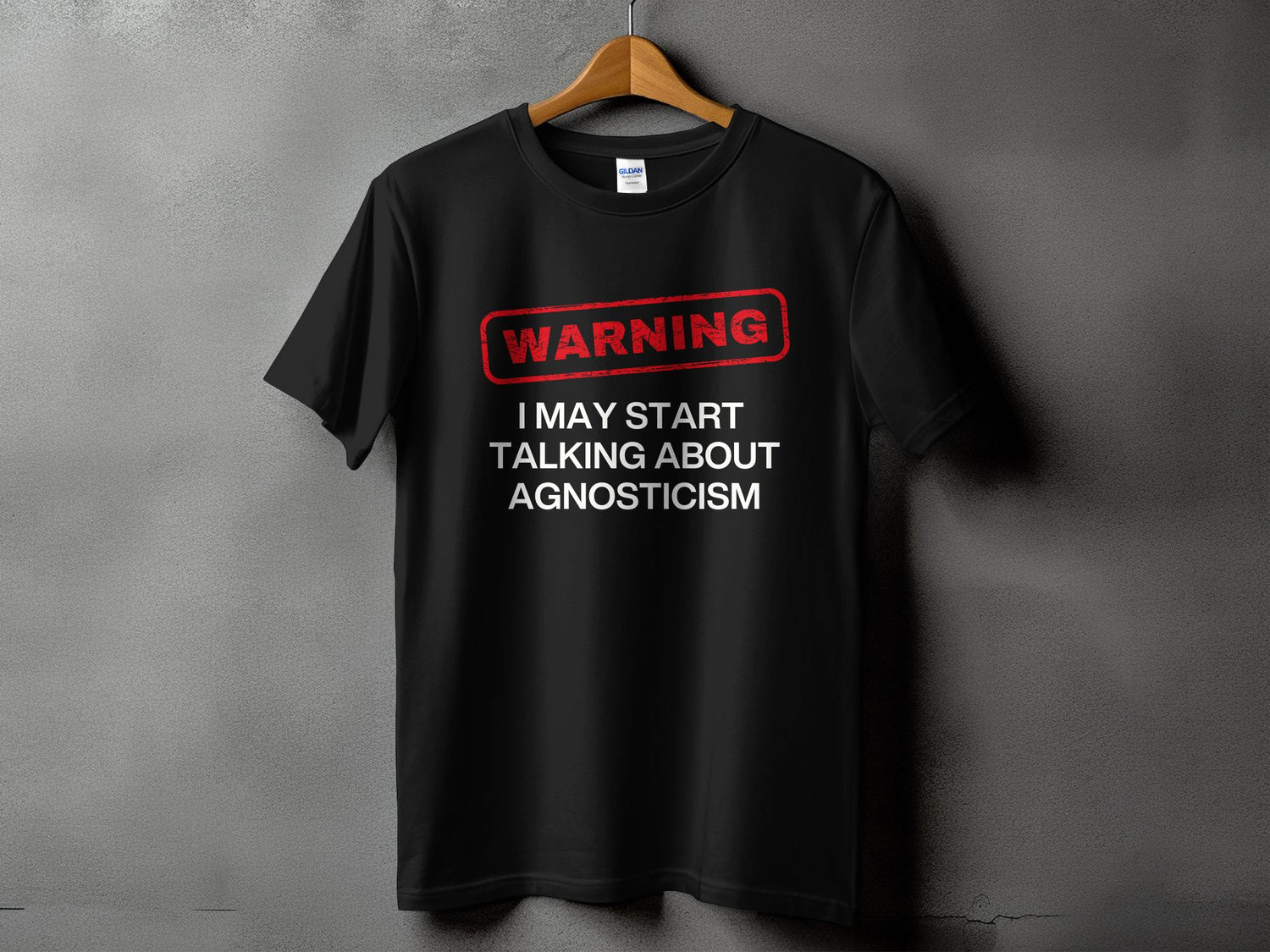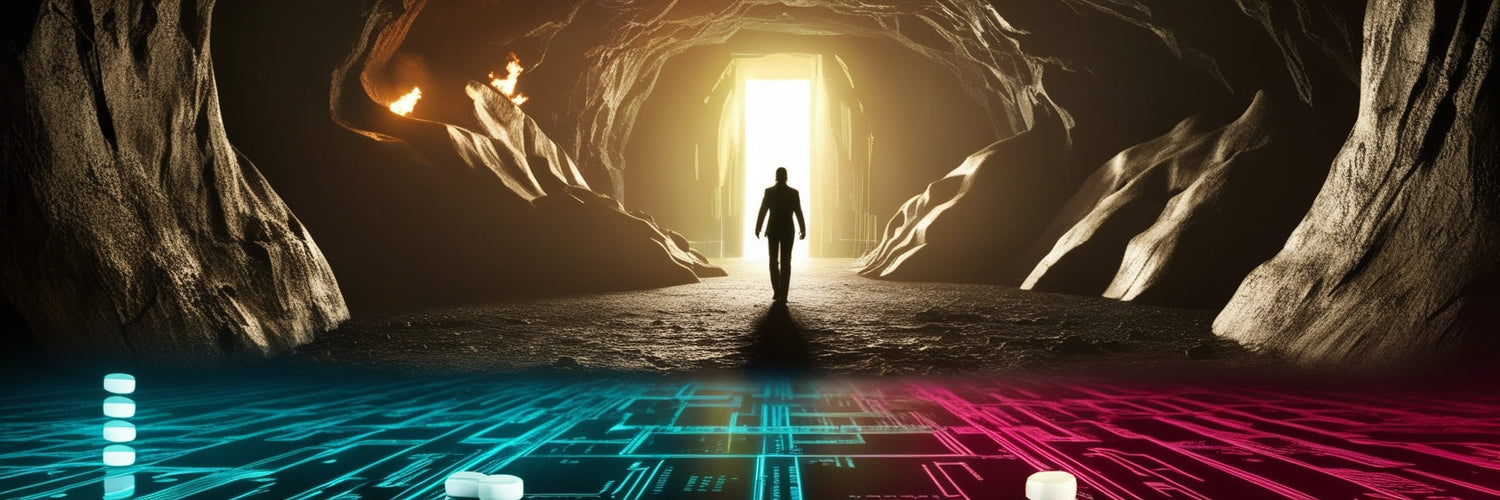The Matrix as a Modern Allegory
The 1999 film The Matrix, directed by the Wachowskis, is widely recognized as a cinematic masterpiece that blends action, cyberpunk aesthetics, and deep philosophical themes. At its core, The Matrix presents a world where human beings unknowingly live inside a simulated reality, controlled by artificial intelligence. This concept closely parallels Plato’s Allegory of the Cave, a thought experiment from The Republic that explores the nature of illusion, truth, and enlightenment.
Plato’s Allegory of the Cave: A Brief Overview
Plato’s Allegory of the Cave describes prisoners who have been chained inside a cave since birth, facing only a wall where shadows cast by a fire become their perceived reality. One prisoner escapes and discovers the real world outside, realizing that what they previously believed to be reality was merely an illusion. When the enlightened prisoner returns to free the others, they reject his revelations, preferring the familiar shadows over the uncomfortable truth.
This allegory serves as a metaphor for ignorance and enlightenment, suggesting that most people accept perceived reality without questioning it, while only a few seek and embrace the truth.
How The Matrix Brings the Allegory to Life
The Matrix mirrors Plato’s allegory in several key ways:
-
The Simulated Reality as the Cave – Just as the cave’s shadows deceive the prisoners, the Matrix deceives humans into believing they are living in a real world.
-
Neo as the Freed Prisoner – The protagonist, Neo, starts as an average individual unaware of the illusion surrounding him. Like Plato’s escaped prisoner, Neo is awakened to the truth by Morpheus and must struggle to accept a reality beyond what he once knew.
-
Resistance to Truth – In both stories, those who remain inside the illusion resist enlightenment. Some characters, like Cypher, even choose to return to the false reality rather than face the discomfort of truth.
Beyond the Surface: Deconstructing the Implications
Both The Matrix and Plato’s Allegory of the Cave challenge fundamental epistemological assumptions, but the film introduces modern existentialist and postmodern concerns that go beyond Plato’s classical framework:
The Nature of Perception and Constructed Realities
Plato’s allegory suggests that reality is objective and knowable once one leaves the cave. However, The Matrix complicates this by questioning whether there is an absolute reality at all. If perception can be manipulated at such a fundamental level, is any reality truly independent of the mind’s experience? This aligns with Immanuel Kant’s theory that we do not perceive things as they are (noumena), but rather through the lens of human cognition (phenomena).
Freedom and Determinism
While Plato’s escaped prisoner achieves enlightenment through individual pursuit, The Matrix suggests that liberation is not entirely self-determined. Neo’s awakening is guided by Morpheus and predestined by prophecy. This introduces a deterministic element absent in Plato’s story—raising questions about whether our pursuit of truth is ever truly autonomous or whether external forces (governments, technology, institutions) shape the very way we approach knowledge.
Simulacra and Hyperreality
French philosopher Jean Baudrillard’s concept of simulacra and hyperreality suggests that in a media-saturated world, the distinction between reality and simulation collapses. The Matrix does not just obscure reality but replaces it entirely with an artificial construct so seamless that it is preferred over the real world. This expands Plato’s critique: while the cave-dwellers are victims of ignorance, modern individuals may actively prefer illusion, raising ethical concerns about agency, comfort, and control.
The Political and Social Dimensions
Plato’s allegory warns of the hostility truth-seekers face when trying to enlighten others. The Matrix expands this into a political critique of ideology; those in power benefit from maintaining illusions, and institutions (media, corporations, governments) may perpetuate controlled realities to sustain influence. This aligns with Marxist critiques of ideology, where dominant structures shape consciousness to serve the ruling class.
Why This Allegory Still Matters
In an age of deepfakes, algorithmic manipulation, and virtual realities, Plato’s allegory and The Matrix remain more relevant than ever. Modern technology makes it easier to live within curated realities, reinforcing confirmation biases and ideological bubbles. Understanding these philosophical ideas encourages deeper skepticism, awareness, and critical thinking about the narratives we accept as true.
Final Thoughts
The Matrix is more than a sci-fi action film—it is a sophisticated philosophical meditation on perception, freedom, and control. By drawing from Plato’s Allegory of the Cave, the film challenges audiences to question the nature of reality, the power of perception, and what it truly means to be free in an era where knowledge itself is increasingly mediated by artificial constructs.


